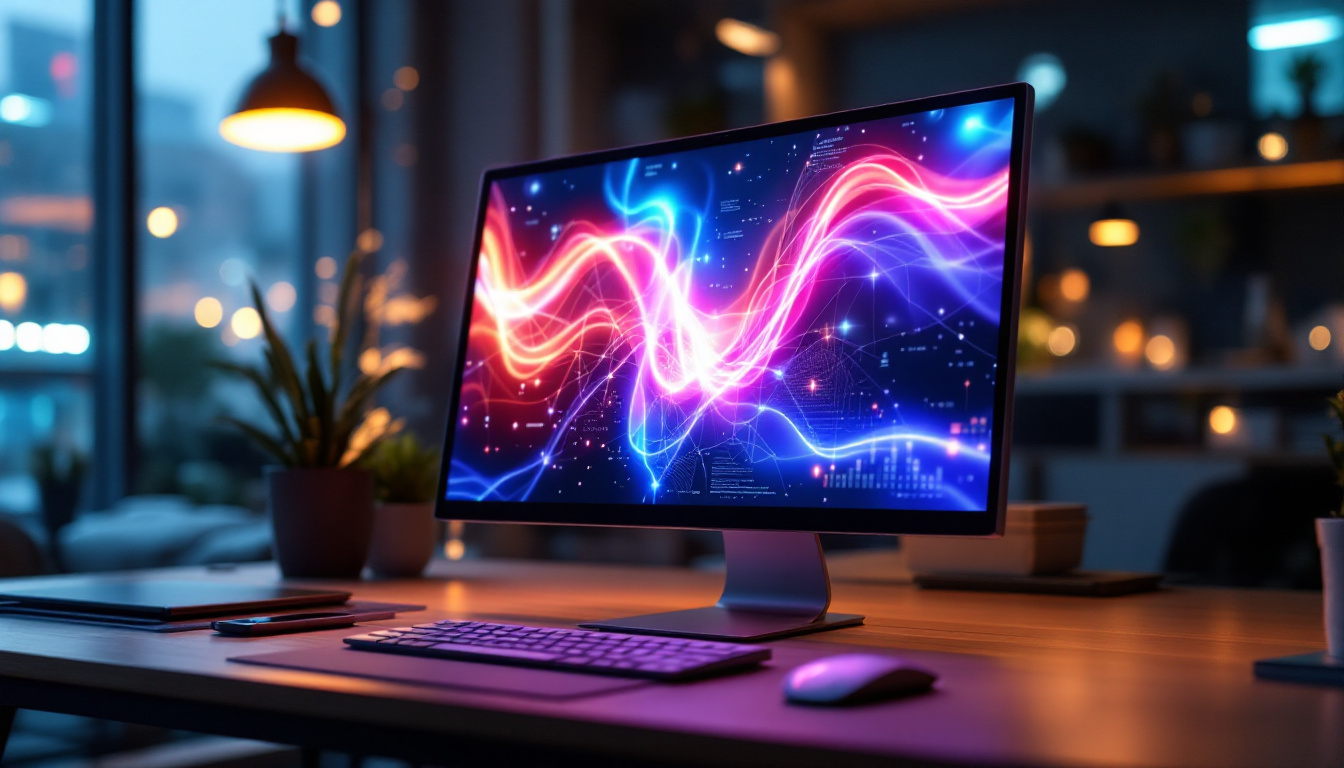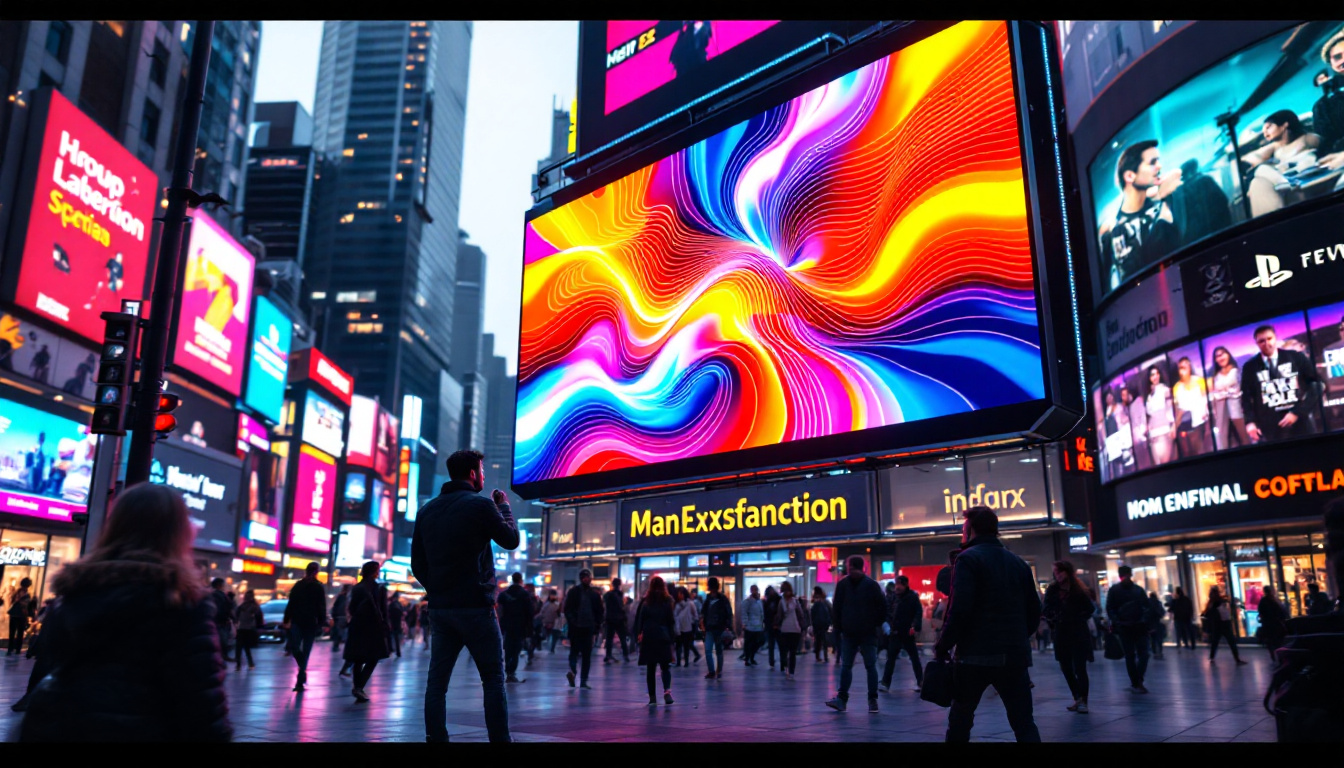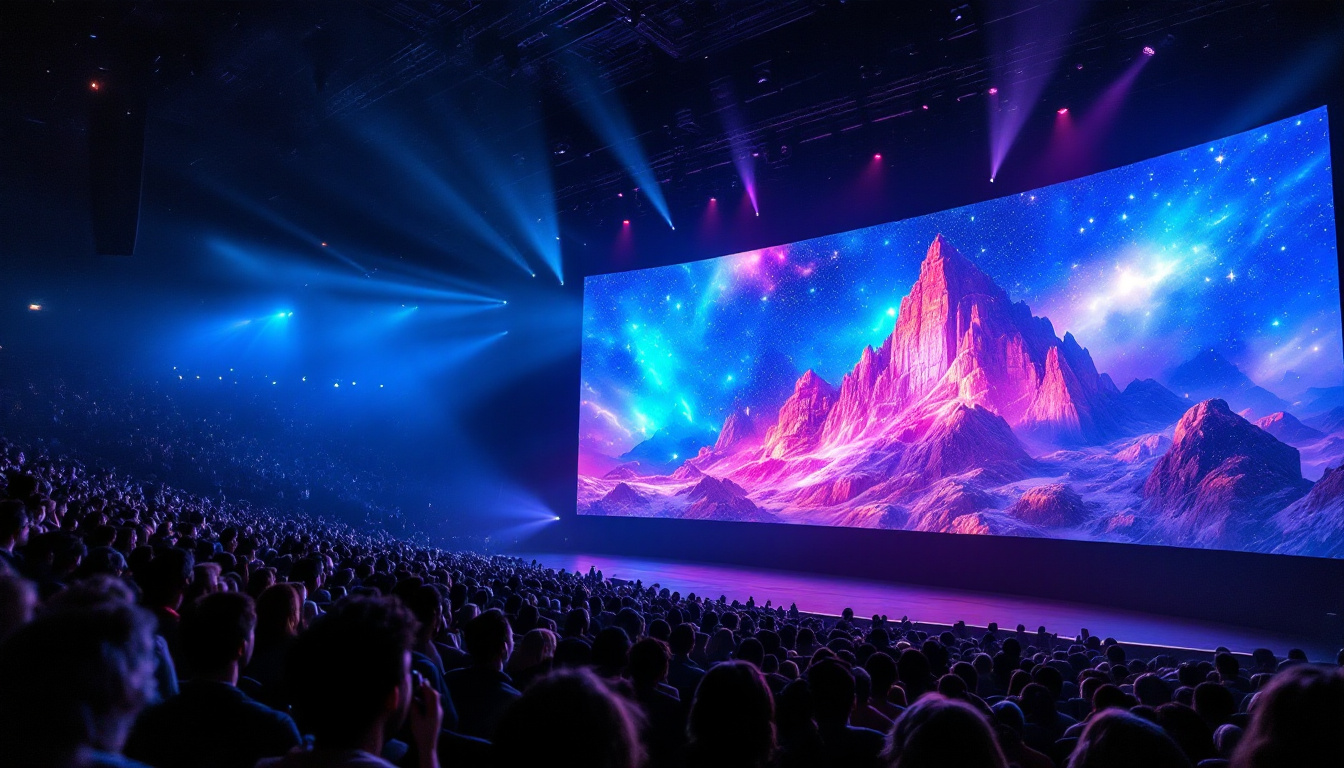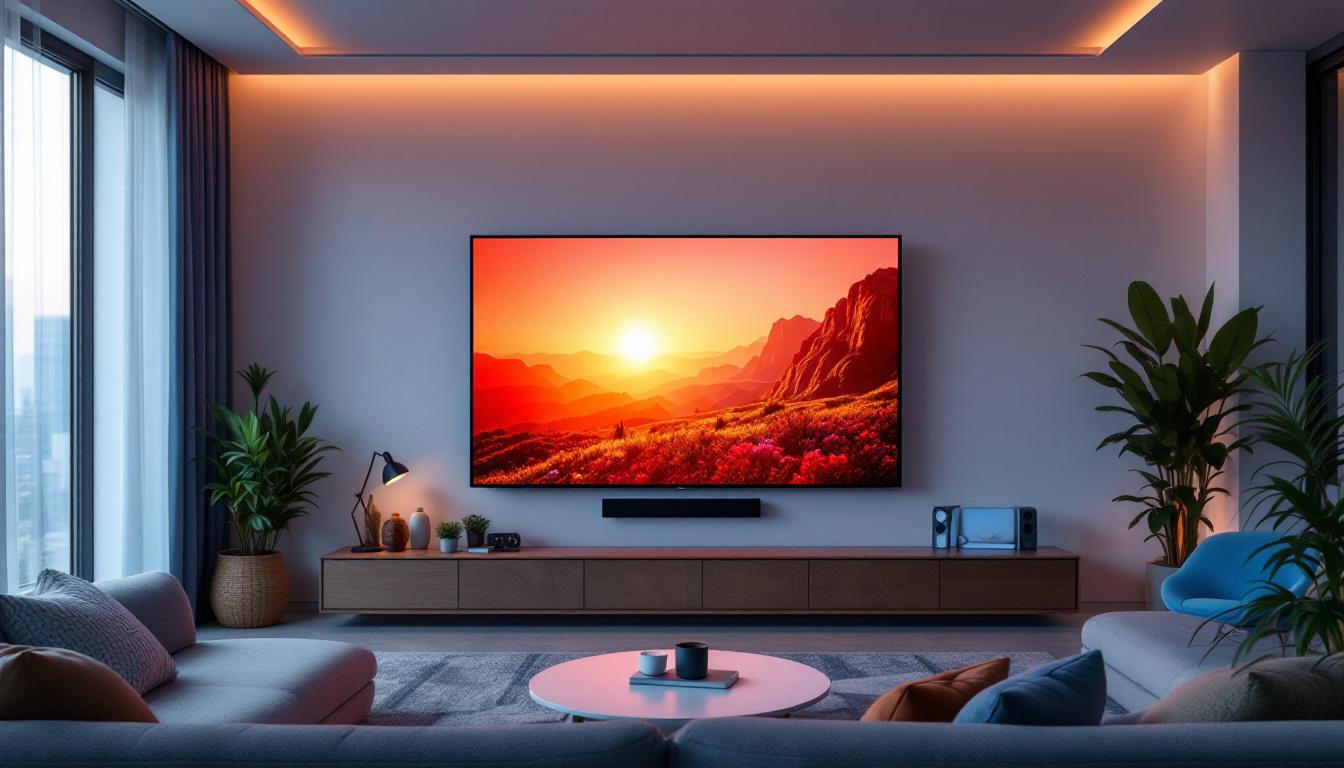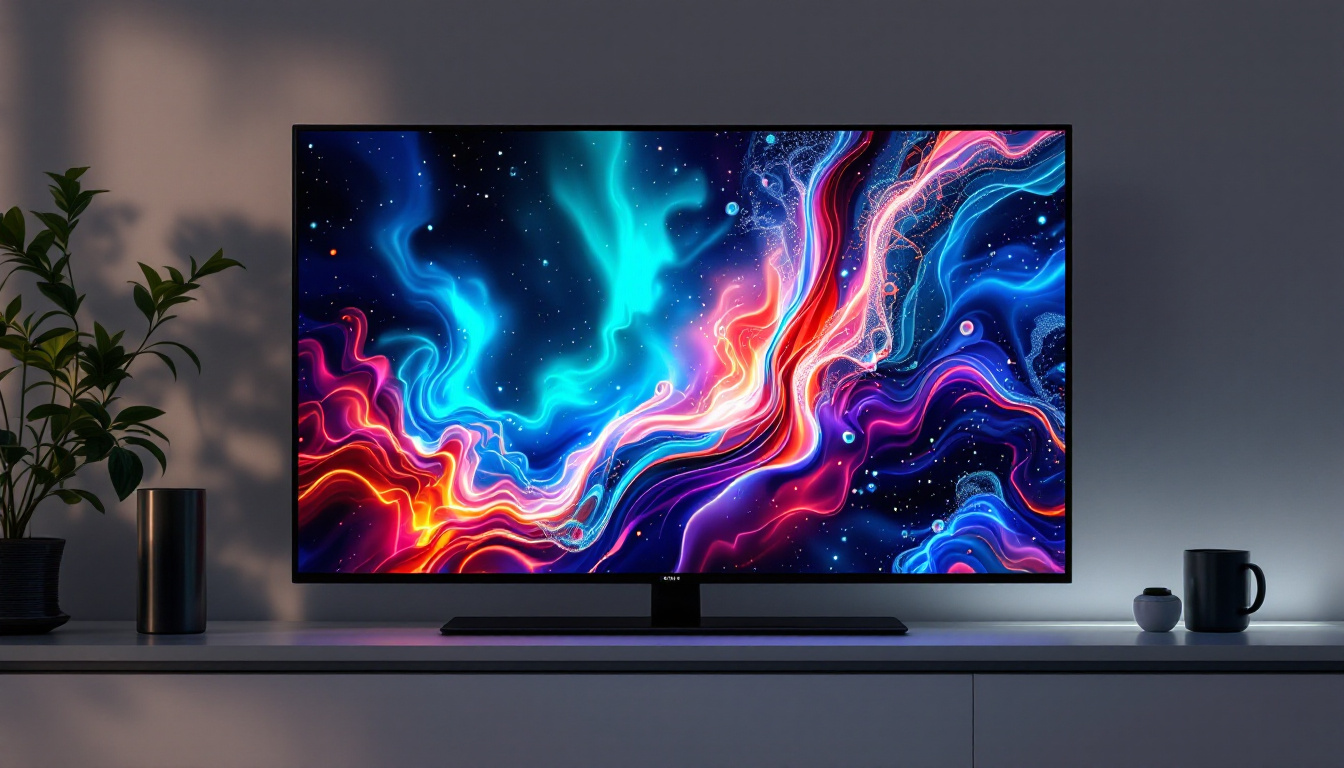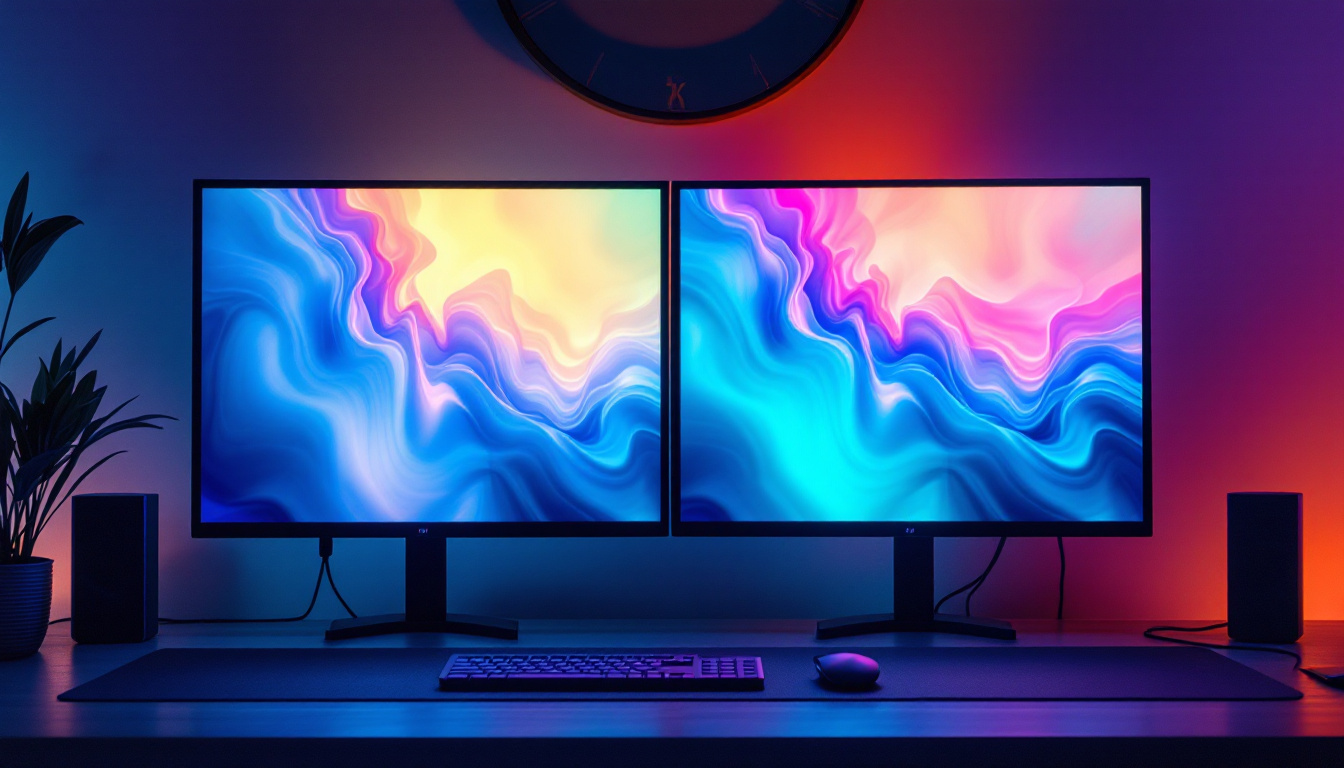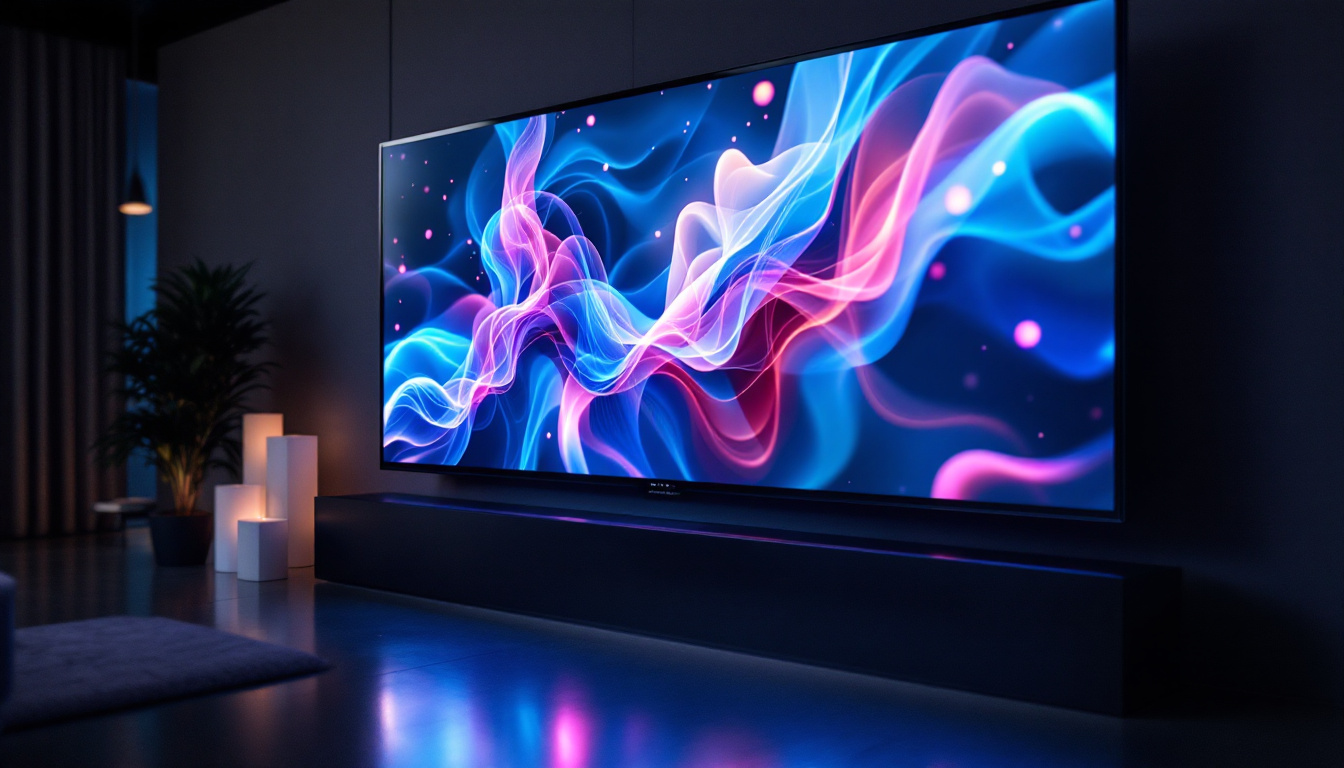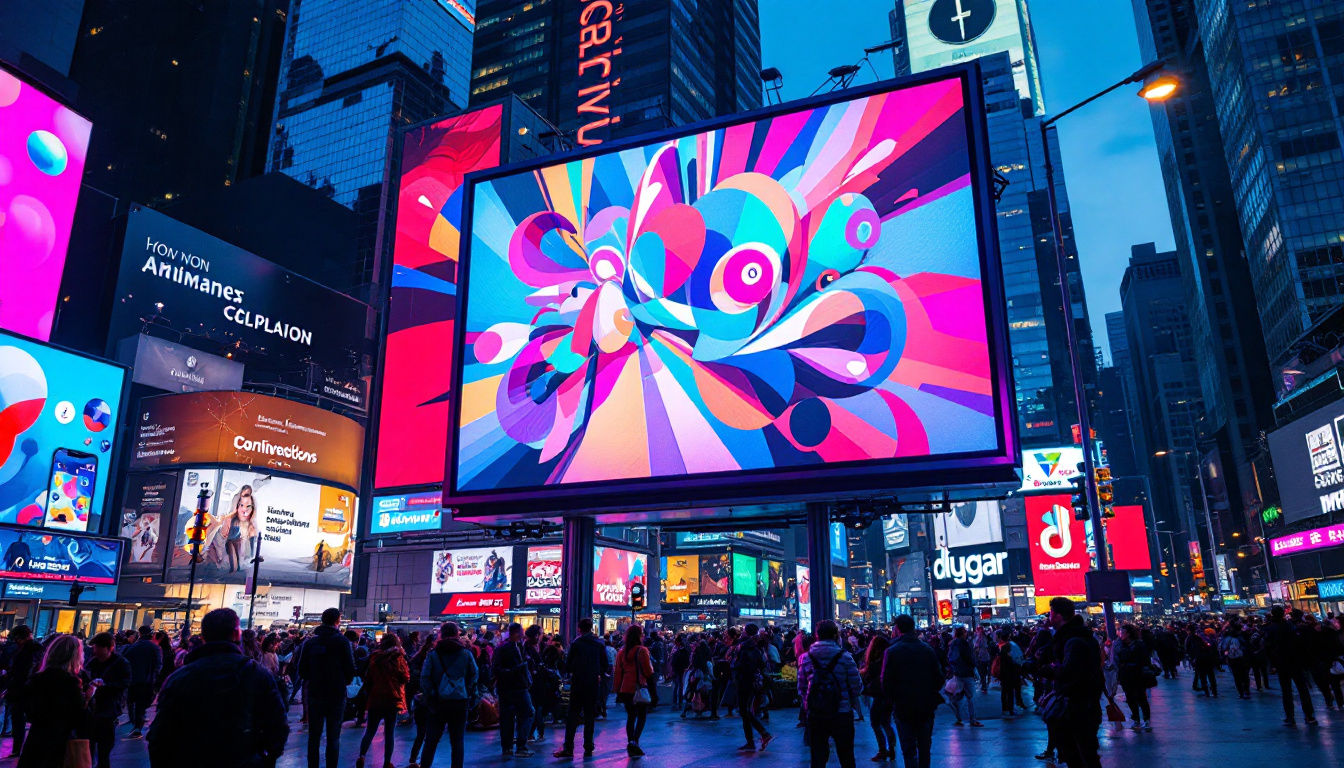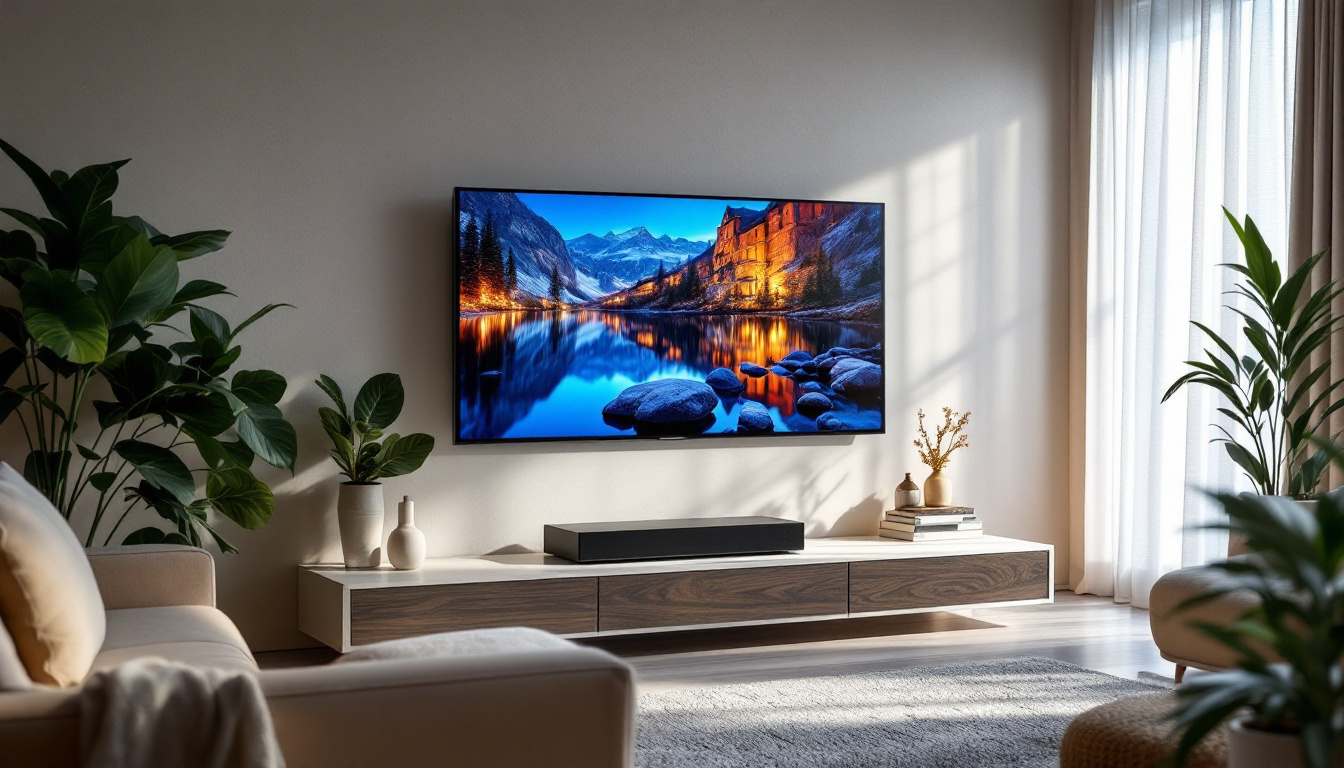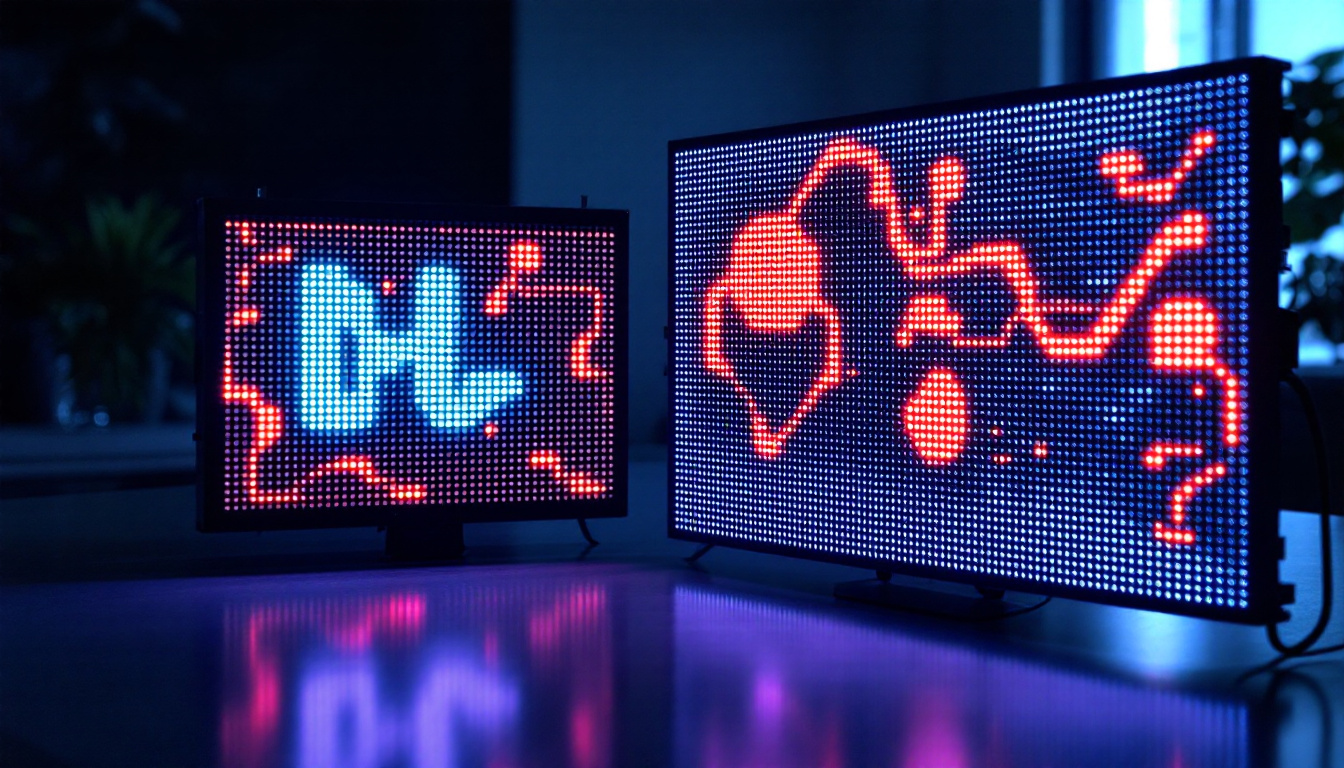In the rapidly evolving world of technology, touch screen display computers have become a staple in both personal and professional environments. They offer a unique blend of interactivity and functionality, making them ideal for a variety of applications. One of the key components that enhance the performance and visual appeal of these devices is the LED display. This article delves into the intricacies of touch screen display computers, focusing on LED technology and its implications for users.
Understanding Touch Screen Technology
Touch screen technology has transformed the way users interact with computers. Unlike traditional input devices such as keyboards and mice, touch screens allow users to engage directly with what is displayed on the screen. This direct interaction not only enhances user experience but also streamlines workflows in various settings, from retail environments to educational institutions.
There are several types of touch screen technologies, including resistive, capacitive, and optical. Each has its own set of advantages and disadvantages, making them suitable for different applications. For instance, while resistive screens are often found in environments where durability is key, capacitive screens dominate consumer electronics due to their responsiveness and ease of use.
Types of Touch Screens
Resistive touch screens consist of two flexible layers separated by a small gap. When pressure is applied, the layers touch, registering the input. This technology is cost-effective and works well with styluses or gloved hands, making it ideal for industrial applications. Additionally, resistive touch screens can be used in environments with dust or moisture, where other types might fail, thereby extending their usability in challenging conditions.
Capacitive touch screens, on the other hand, use the electrical properties of the human body to detect touch. This allows for multi-touch capabilities, enabling users to pinch, zoom, and swipe. Capacitive screens are commonly found in smartphones and tablets due to their high sensitivity and clarity. Moreover, advancements in capacitive technology have led to the development of screens that can even detect gestures without direct contact, further enhancing user interaction and paving the way for innovative applications in gaming and virtual reality.
Optical touch screens utilize cameras or infrared sensors to detect touch. They are often used in large displays and kiosks, providing a robust solution for public interaction. These screens can accommodate multiple users simultaneously, making them ideal for interactive exhibits in museums or information points in public spaces. Furthermore, the flexibility of optical technology allows for larger screen sizes without compromising performance, catering to the growing demand for immersive experiences in various sectors.
The Role of LED Displays
LED (Light Emitting Diode) displays have gained popularity for their energy efficiency, brightness, and color accuracy. They are widely used in touch screen display computers, enhancing the overall user experience. The integration of LED technology into everyday devices has not only improved functionality but has also contributed to a more immersive interaction with technology, allowing users to enjoy sharper images and faster response times.
LED technology has revolutionized the display industry, offering a thinner and lighter alternative to traditional LCD screens. The vibrant colors and high contrast ratios make LED displays particularly appealing for multimedia applications, such as gaming and video streaming. Furthermore, the rapid advancements in LED technology have led to the development of flexible displays, which can be curved or shaped to fit various design needs, opening up new possibilities for creative applications in advertising and digital signage.
Advantages of LED Displays
One of the primary advantages of LED displays is their energy efficiency. Compared to traditional display technologies, LED screens consume significantly less power, making them an environmentally friendly choice. This efficiency not only reduces electricity costs for consumers but also contributes to lower carbon emissions, aligning with global efforts toward sustainability.
Additionally, LED displays provide superior brightness levels, making them suitable for use in various lighting conditions. Whether in a dimly lit room or under direct sunlight, LED screens maintain clarity and visibility. This adaptability is particularly beneficial for outdoor advertising, where bright and eye-catching displays are essential to attract attention in bustling environments. The durability of LED technology also means that these displays can withstand harsh weather conditions, making them a reliable choice for long-term use.
Color accuracy is another benefit of LED technology. With the ability to produce a wider color gamut, LED displays ensure that images and videos appear more lifelike and vibrant. This level of color precision is crucial for professionals in fields such as graphic design and photography, where accurate color representation is vital for their work. Moreover, advancements in LED technology have led to the emergence of HDR (High Dynamic Range) displays, which enhance the viewing experience by providing deeper blacks and brighter whites, further enriching the visual quality of content.
Applications of Touch Screen Display Computers
Touch screen display computers find applications across various sectors, including education, healthcare, retail, and entertainment. Their versatility and ease of use make them a preferred choice for many organizations.
In educational settings, touch screens facilitate interactive learning, allowing students to engage with content in a dynamic way. Teachers can use these displays to present multimedia lessons, making learning more engaging. The tactile nature of touch screens encourages participation, as students can physically interact with the material, whether it’s solving math problems or exploring complex scientific concepts through simulations. Furthermore, many educational institutions are incorporating gamified learning experiences that leverage touch technology, making education not only informative but also enjoyable.
Healthcare Innovations
In the healthcare sector, touch screen display computers are used for patient management systems, allowing healthcare professionals to access and update patient information quickly. These systems improve efficiency and accuracy in record-keeping. The integration of touch screens in healthcare also extends to telemedicine applications, where patients can consult with doctors remotely via intuitive interfaces that simplify the process of sharing health data and symptoms.
Moreover, touch screens are increasingly used in medical devices, such as diagnostic equipment and patient monitors. The intuitive interface allows for quick navigation and data entry, which is crucial in fast-paced environments. For instance, in surgical settings, touch screens can be utilized to display real-time imaging and patient vitals, enabling surgeons to make informed decisions without the need for cumbersome paperwork or manual data entry. This seamless access to information can enhance patient outcomes and streamline workflows in hospitals.
Retail Experiences
In retail, touch screen displays enhance customer experiences by providing interactive kiosks for product information, ordering, and payment processing. Customers can browse products, read reviews, and make purchases seamlessly. The ability to customize their shopping experience through touch interfaces allows consumers to explore various options, compare prices, and even create personalized shopping lists, all at their fingertips.
Additionally, retailers can use touch screens for digital signage, displaying promotions and advertisements in an engaging manner. This interactive element can significantly increase customer engagement and sales. By integrating augmented reality features, retailers can further enrich the shopping experience, allowing customers to visualize products in their own space or try on virtual clothing. Such innovations not only draw in foot traffic but also create memorable experiences that encourage repeat visits and brand loyalty.
Future Trends in Touch Screen Technology
As technology continues to advance, the future of touch screen display computers looks promising. Innovations in touch technology, display quality, and user interaction are on the horizon.
One emerging trend is the integration of artificial intelligence (AI) into touch screen interfaces. AI can enhance user experience by providing personalized recommendations and improving accessibility features.
Advancements in Display Technology
Future developments in display technology may include flexible and foldable screens, allowing for more portable and versatile devices. These innovations could lead to new form factors for touch screen display computers, catering to the needs of a mobile workforce.
Additionally, advancements in OLED (Organic Light Emitting Diode) technology may further improve color accuracy and contrast ratios, providing an even more immersive viewing experience.
Enhanced Interactivity
Touch screen technology is also expected to evolve in terms of interactivity. Gesture recognition and eye-tracking technologies may become more prevalent, allowing users to interact with devices without direct contact.
This evolution could lead to more intuitive interfaces, making technology accessible to a broader audience, including those with disabilities.
Considerations When Choosing a Touch Screen Display Computer
When selecting a touch screen display computer, several factors should be considered to ensure it meets specific needs and requirements.
First, the type of touch technology is crucial. Depending on the intended use, one may prefer a resistive screen for durability or a capacitive screen for its responsiveness. Understanding the environment in which the device will be used is also essential.
Screen Size and Resolution
Screen size and resolution are other critical considerations. Larger screens with higher resolutions provide a better viewing experience, especially for multimedia applications. However, they may also come with increased costs and power consumption.
It is essential to balance the need for a larger display with the available space and budget constraints.
Durability and Build Quality
Durability is particularly important in environments where touch screen display computers may be subjected to heavy use or potential damage. Devices with rugged designs or protective screens can withstand the rigors of daily use.
Additionally, considering the build quality can ensure longevity and reduce the need for frequent replacements, ultimately saving costs in the long run.
Conclusion
Touch screen display computers equipped with LED technology represent a significant advancement in user interaction and display quality. With their diverse applications across various sectors, they continue to reshape how people engage with technology.
As innovations in touch technology and display quality progress, the future of touch screen display computers appears bright. By understanding the nuances of touch screen technology and LED displays, users can make informed decisions that enhance their technological experiences.
In a world where interactivity and efficiency are paramount, touch screen display computers stand at the forefront of technological advancement, paving the way for a more connected and interactive future.
Discover LumenMatrix’s Innovative LED Display Solutions
As you consider the future of interactive technology and the role that LED displays play in enhancing user experiences, LumenMatrix stands ready to elevate your brand’s visibility and captivate your audience. Specializing in a comprehensive range of LED display modules—from Indoor and Outdoor LED Wall Displays to dynamic Vehicle and Sports LED Displays, and from versatile LED Poster and Floor Displays to Custom and All-in-One LED solutions, including the cutting-edge LED Transparent Display—LumenMatrix is at the forefront of visual communication innovation. Embrace the power of advanced LED technology and transform the way you engage with your audience. Check out LumenMatrix LED Display Solutions today and step into a world of vivid, impactful visual storytelling.

